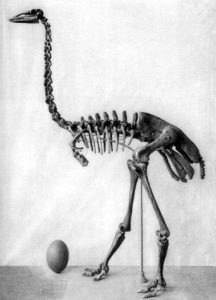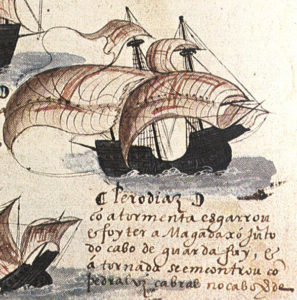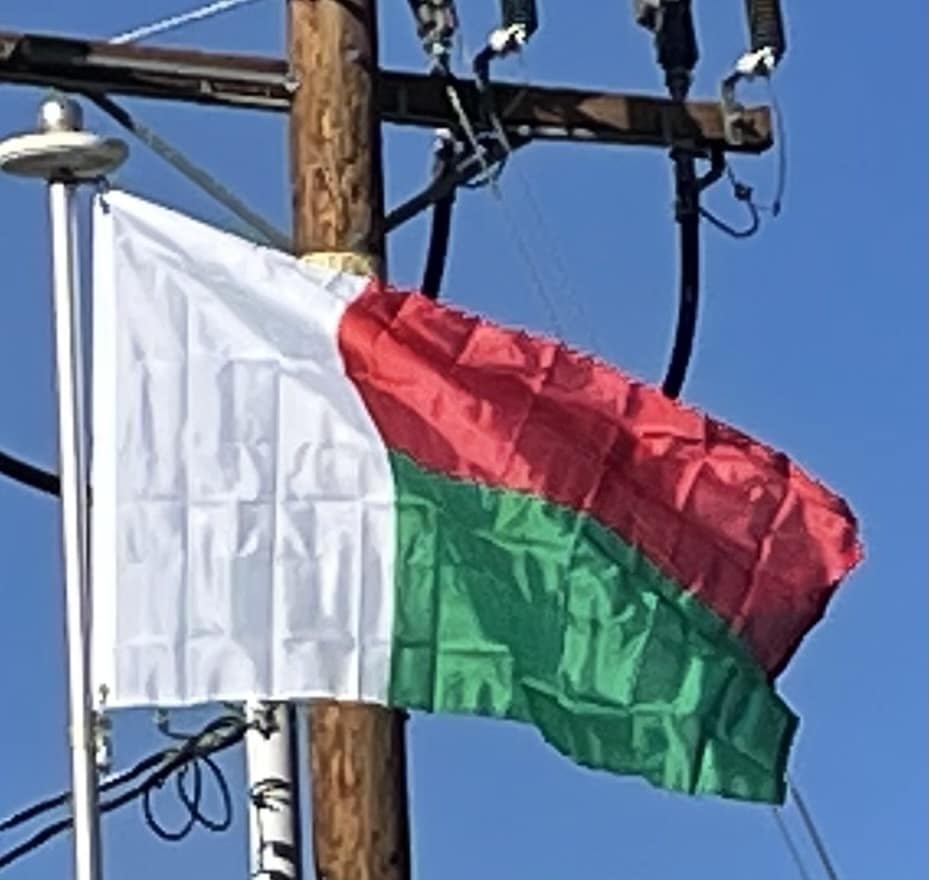
Upon arrival, early settlers practiced slash-and-burn agriculture to clear the coastal rainforests for cultivation. The first settlers encountered Madagascar’s abundance of megafauna, including giant lemurs, elephant birds, giant fossa and the Malagasy hippopotamus, which have since become extinct because of hunting and habitat destruction. By 600 AD, groups of these early settlers had begun clearing the forests of the central highlands. Arab traders first reached the island between the 7th and 9th centuries. A wave of Bantu-speaking migrants from southeastern Africa arrived around 1000 AD. South Indian Tamil merchants arrived around 11th century. They introduced the zebu, a type of long-horned humped cattle, which they kept in large herds. Irrigated paddy fields were developed in the central highland Betsileo Kingdom and were extended with terraced paddies throughout the neighboring Kingdom of Imerina a century later. The rising intensity of land cultivation and the ever-increasing demand for zebu pasturage had largely transformed the central highlands from a forest ecosystem to grassland by the 17th century. The oral histories of the Merina people, who may have arrived in the central highlands between 600 and 1,000 years ago, describe encountering an established population they called the Vazimba. Probably the descendants of an earlier and less technologically advanced Austronesian settlement wave, the Vazimba were assimilated or expelled from the highlands by the Merina kings Andriamanelo, Ralambo and Andrianjaka in the 16th and early 17th centuries. Today, the spirits of the Vazimba are revered as tompontany (ancestral masters of the land) by many traditional Malagasy communities.
Arab and Portuguese Contacts:
The written history of Madagascar began with the Arabs, who established trading posts along the northwest coast by at least the 10th century and introduced Islam, the Arabic script (used to transcribe the Malagasy language in a form of writing known as sorabe), Arab astrology, and other cultural elements.

European contact began in 1500, when the Portuguese sea captain Diogo Dias sighted the island, while participating in the 2nd Armada of the Portuguese India Armadas.
Matatana was the first Portuguese settlement on the south coast, 10 km west of Fort Dauphin. In 1508, settlers there built a tower, a small village, and a stone column. This settlement was established in 1613 at the behest of the viceroy of Portuguese India, Jeronimo de Azevedo.
Contacts continued from the 1550s. Several colonization and conversion missions were ordered by King João III and by the Viceroy of India, including one in 1553 by Baltazar Lobo de Sousa. In that mission, according to detailed descriptions by chroniclers Diogo do Couto and João de Barros, emissaries reached the inland via rivers and bays, exchanging goods and even converting one of the local kings.
The French established trading posts along the east coast in the late 17th century.
From about 1774 to 1824, Madagascar gained prominence among pirates and European traders, particularly those involved in the trans-Atlantic slave trade. The small island of Nosy Boroha off the northeastern coast of Madagascar has been proposed by some historians as the site of the legendary pirate utopia of Libertalia. Many European sailors were shipwrecked on the coasts of the island, among them Robert Drury, whose journal is one of the few written depictions of life in southern Madagascar during the 18th century.
